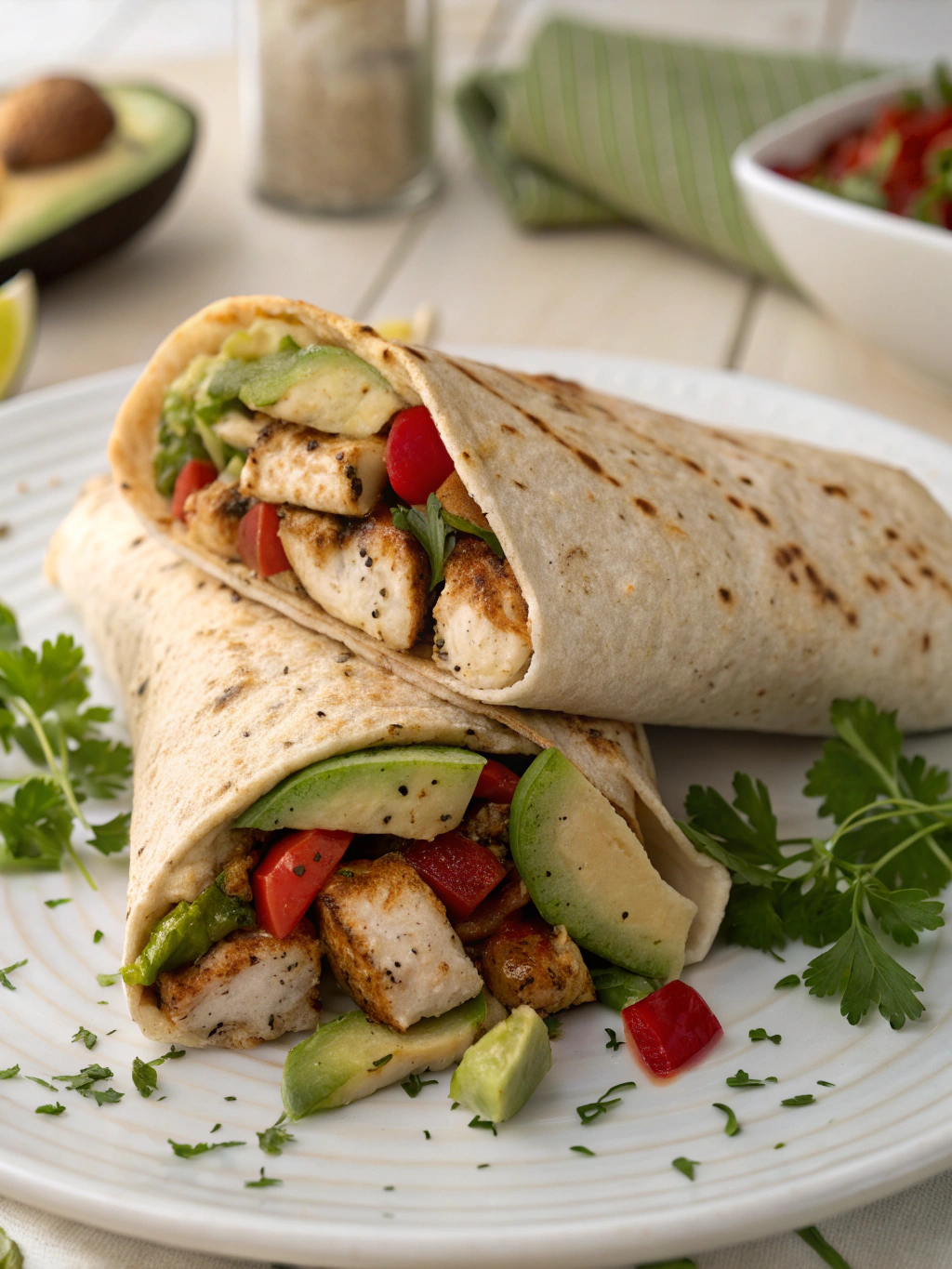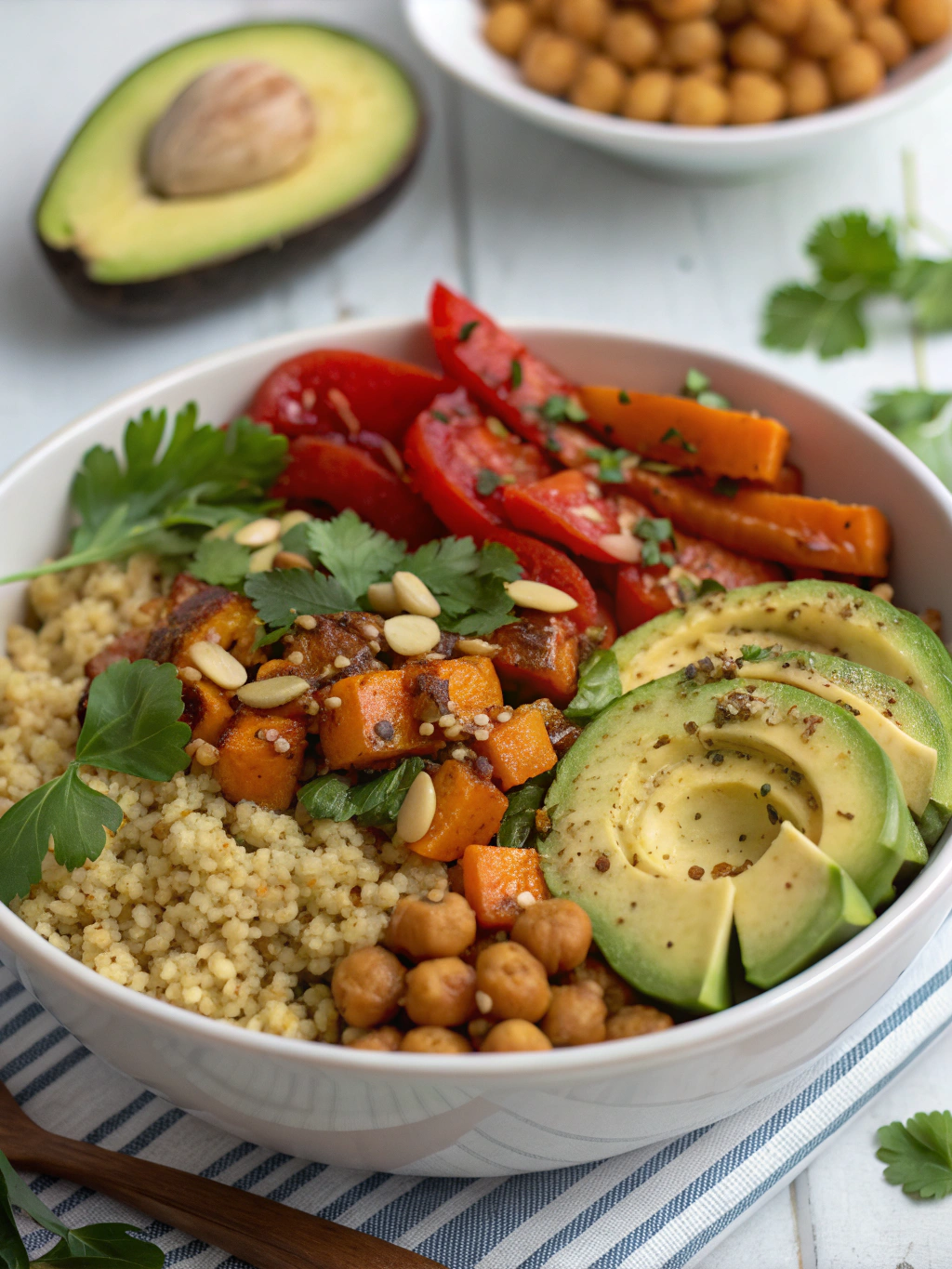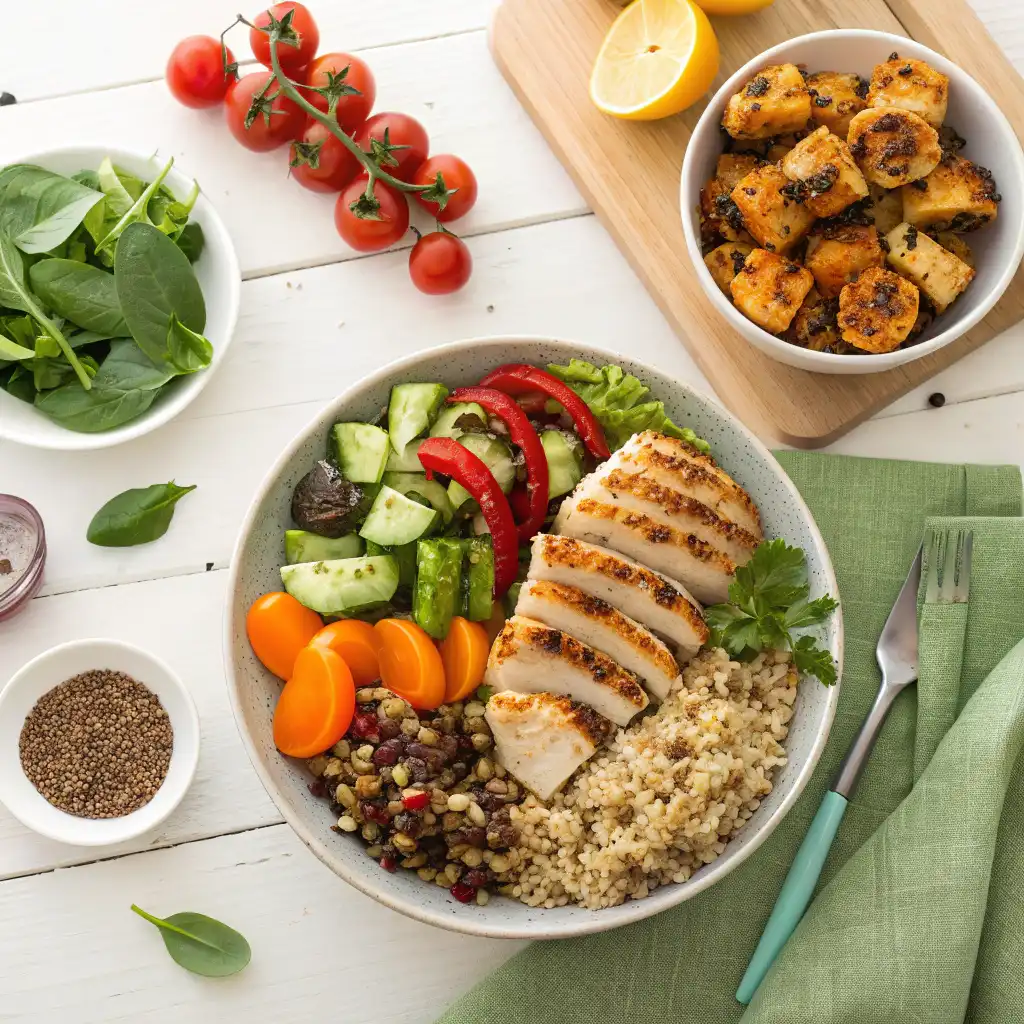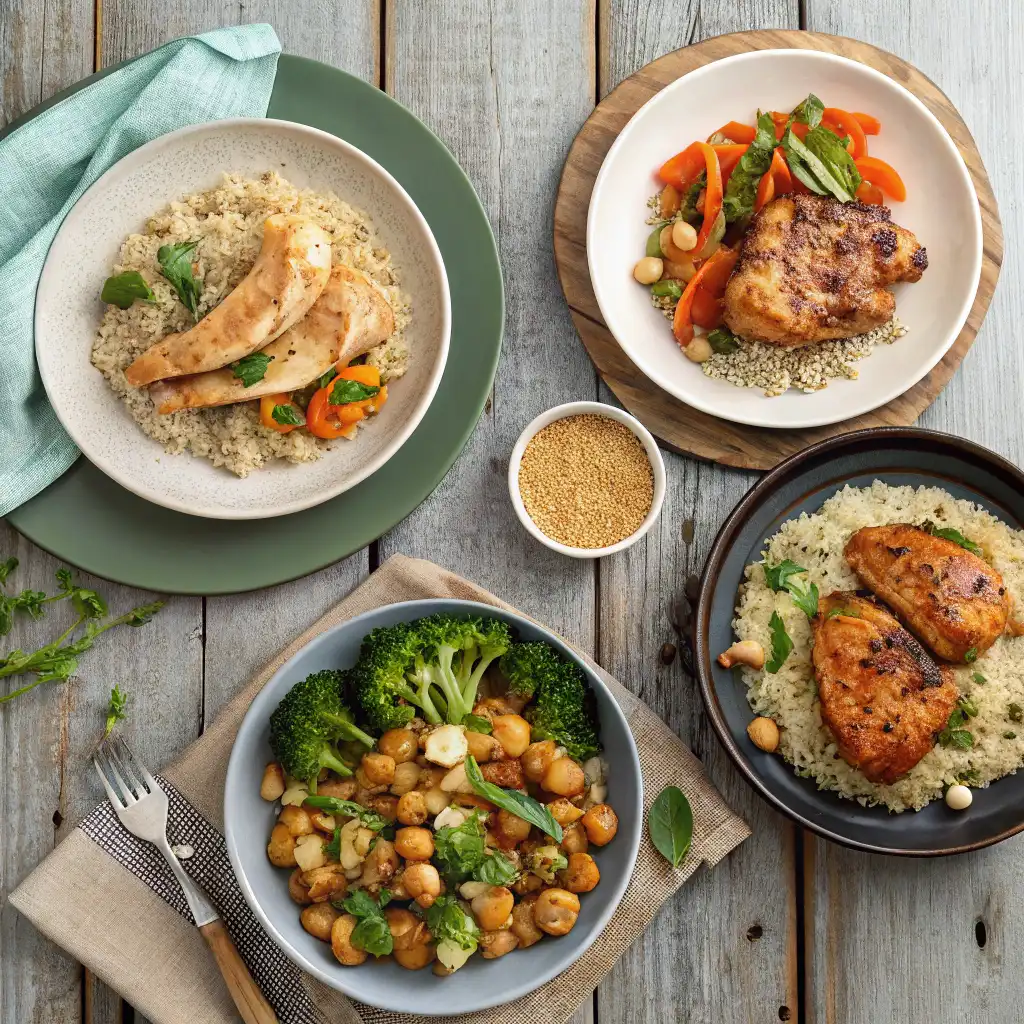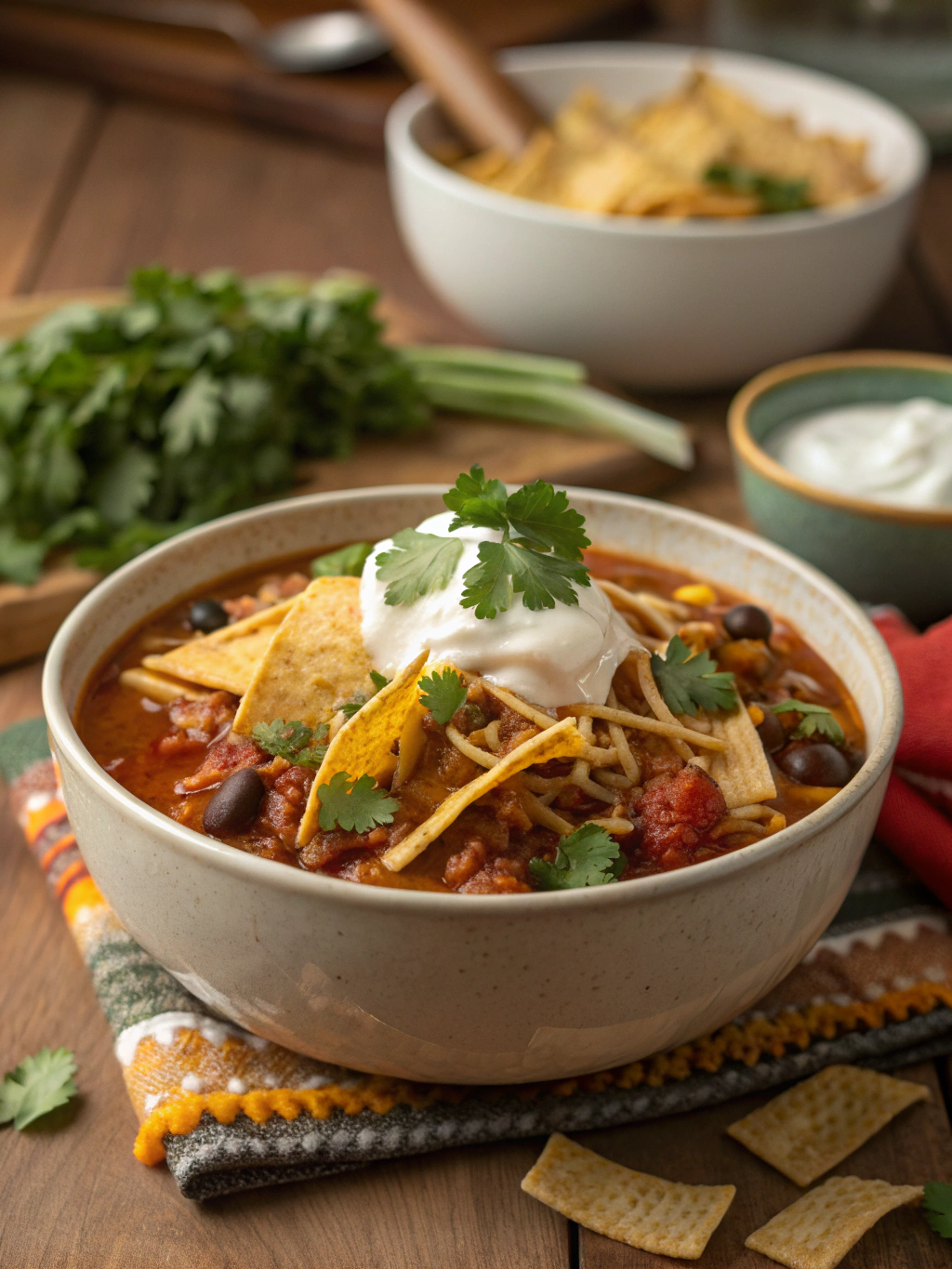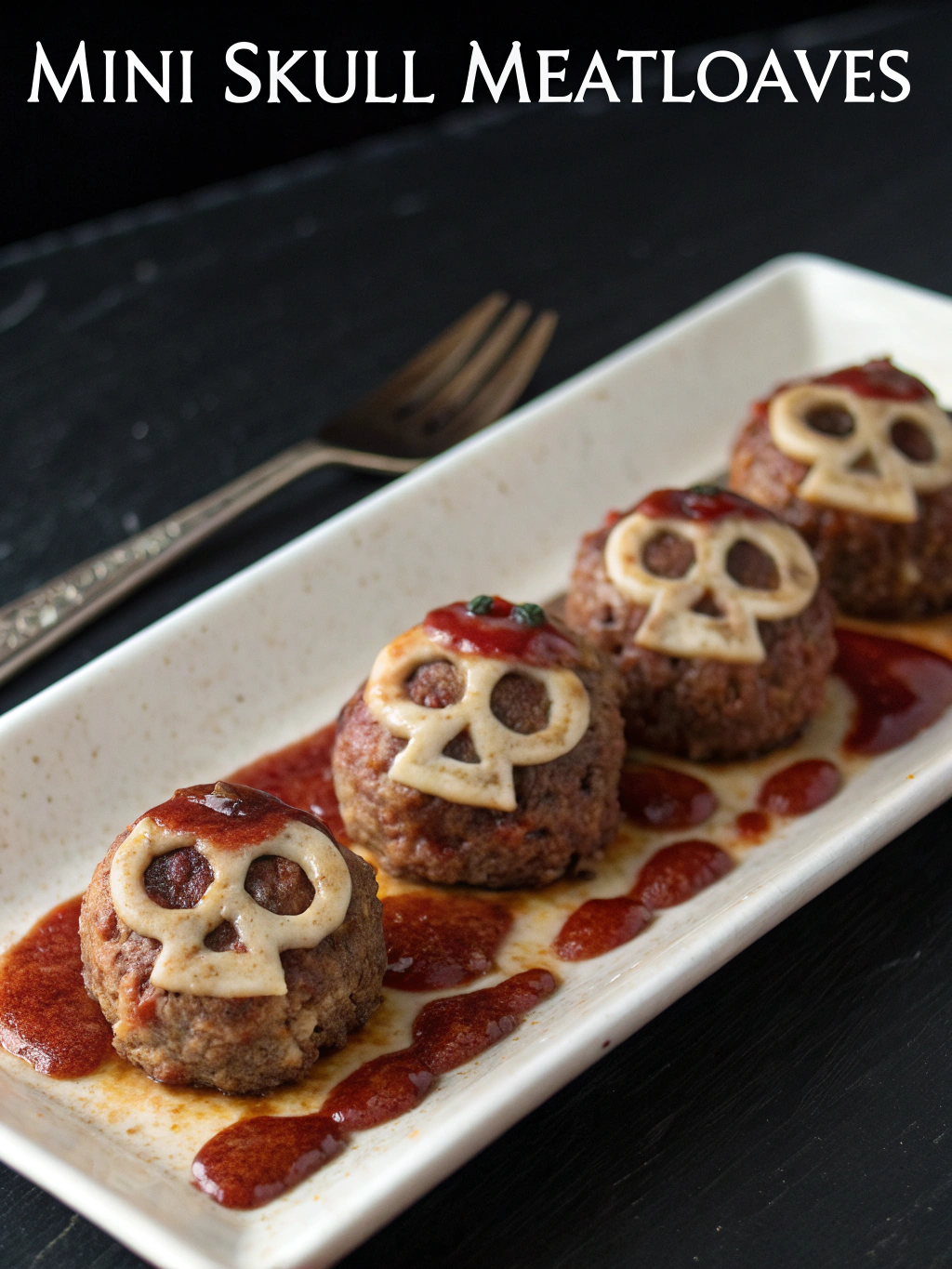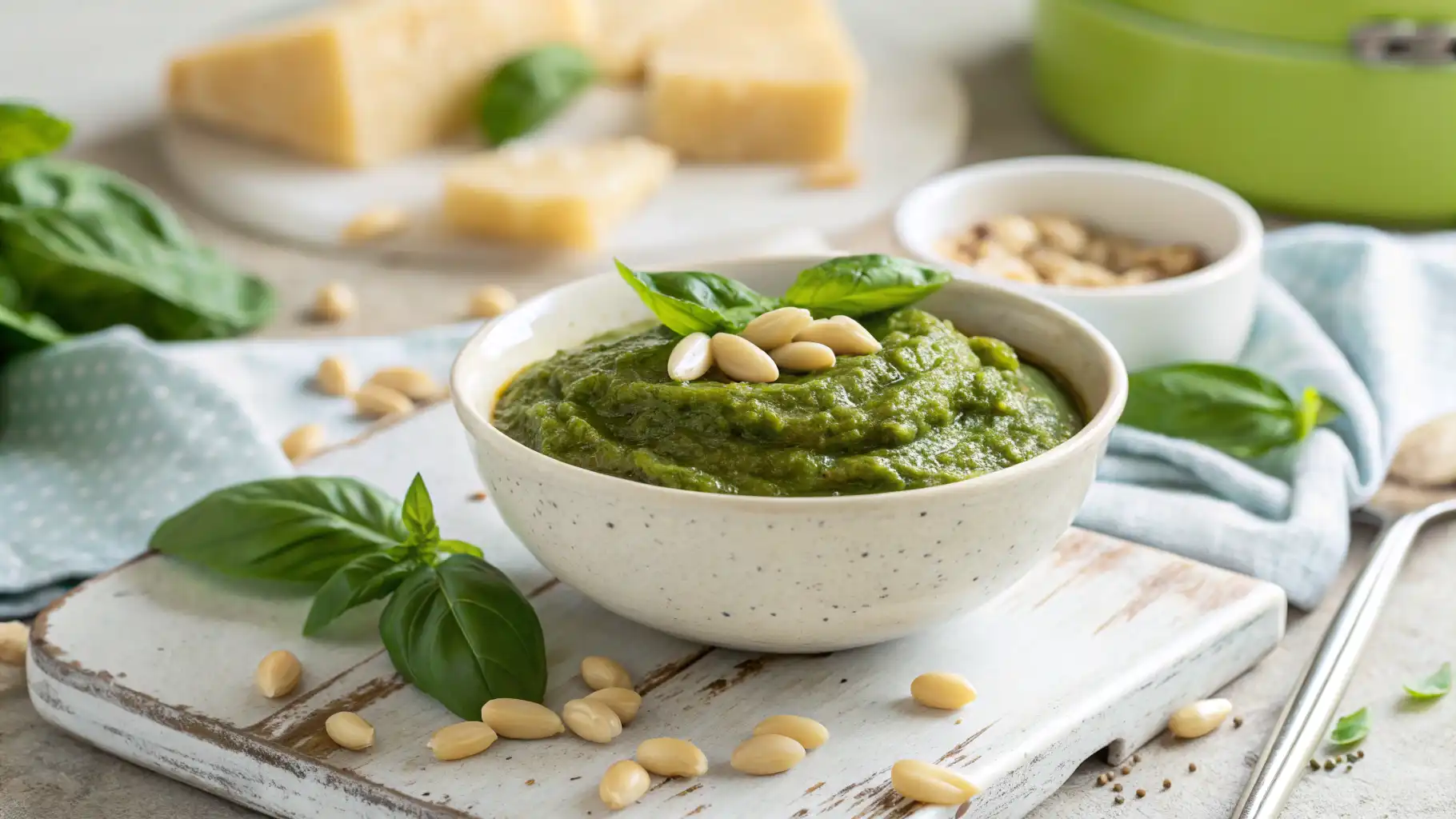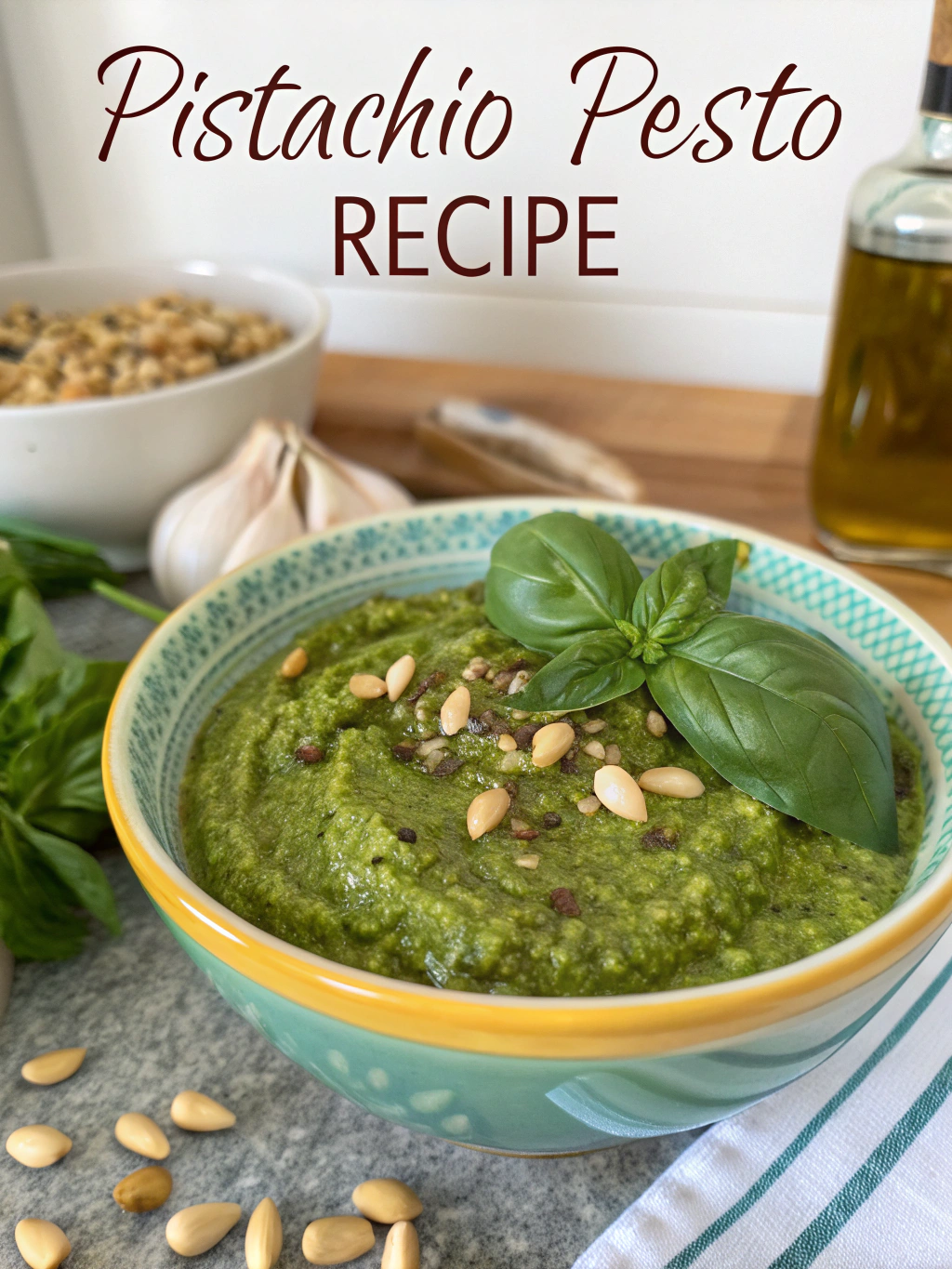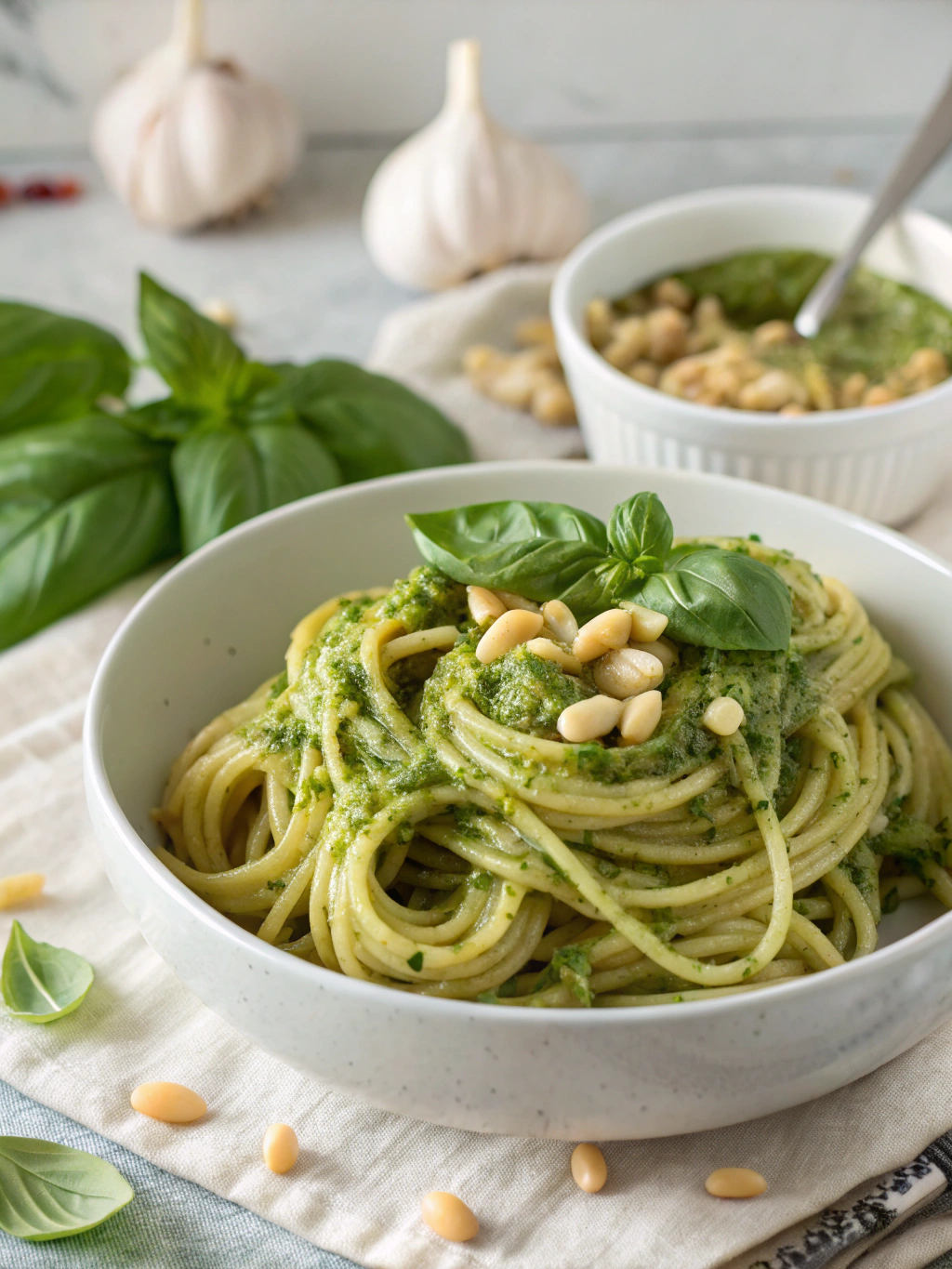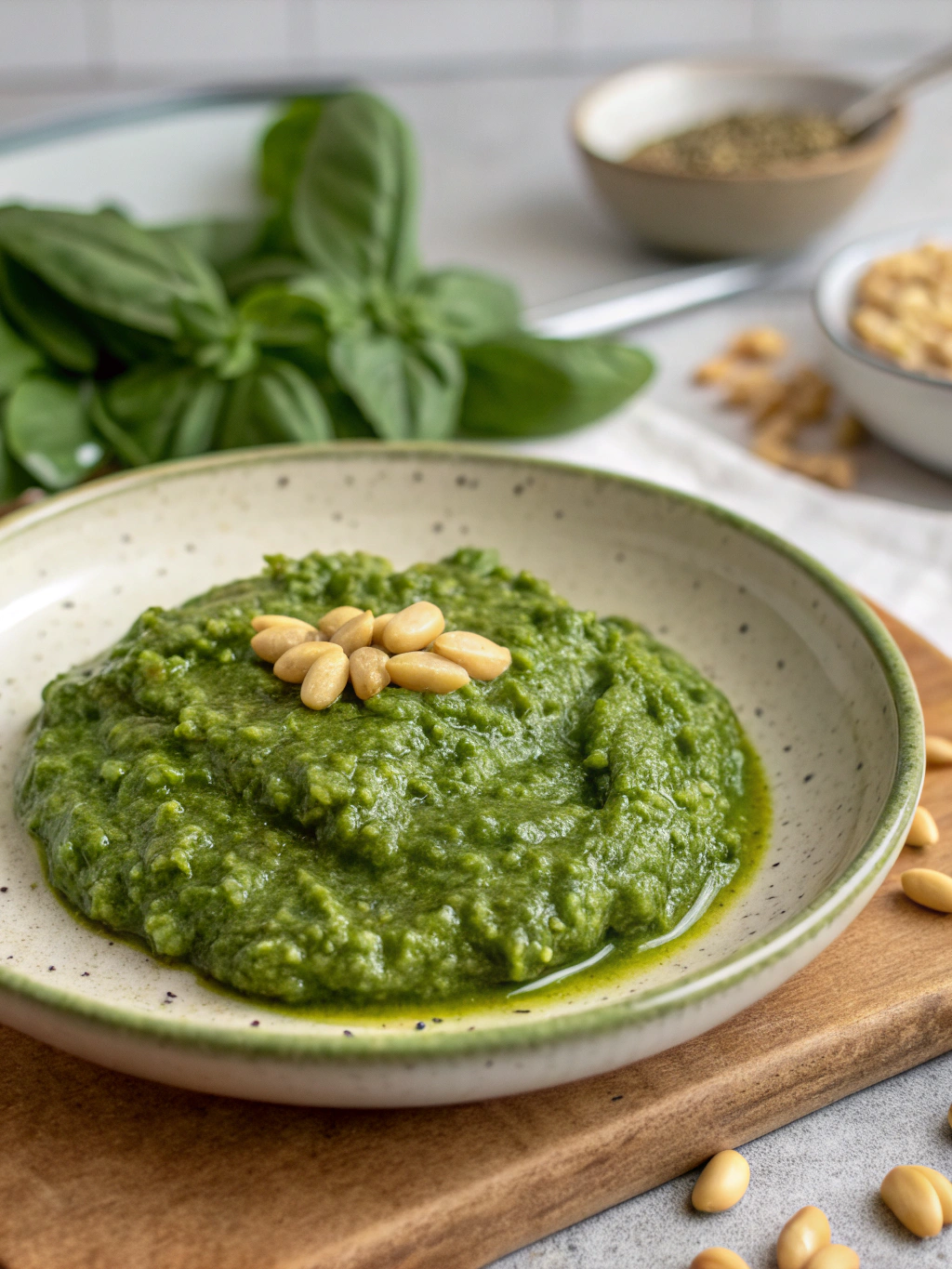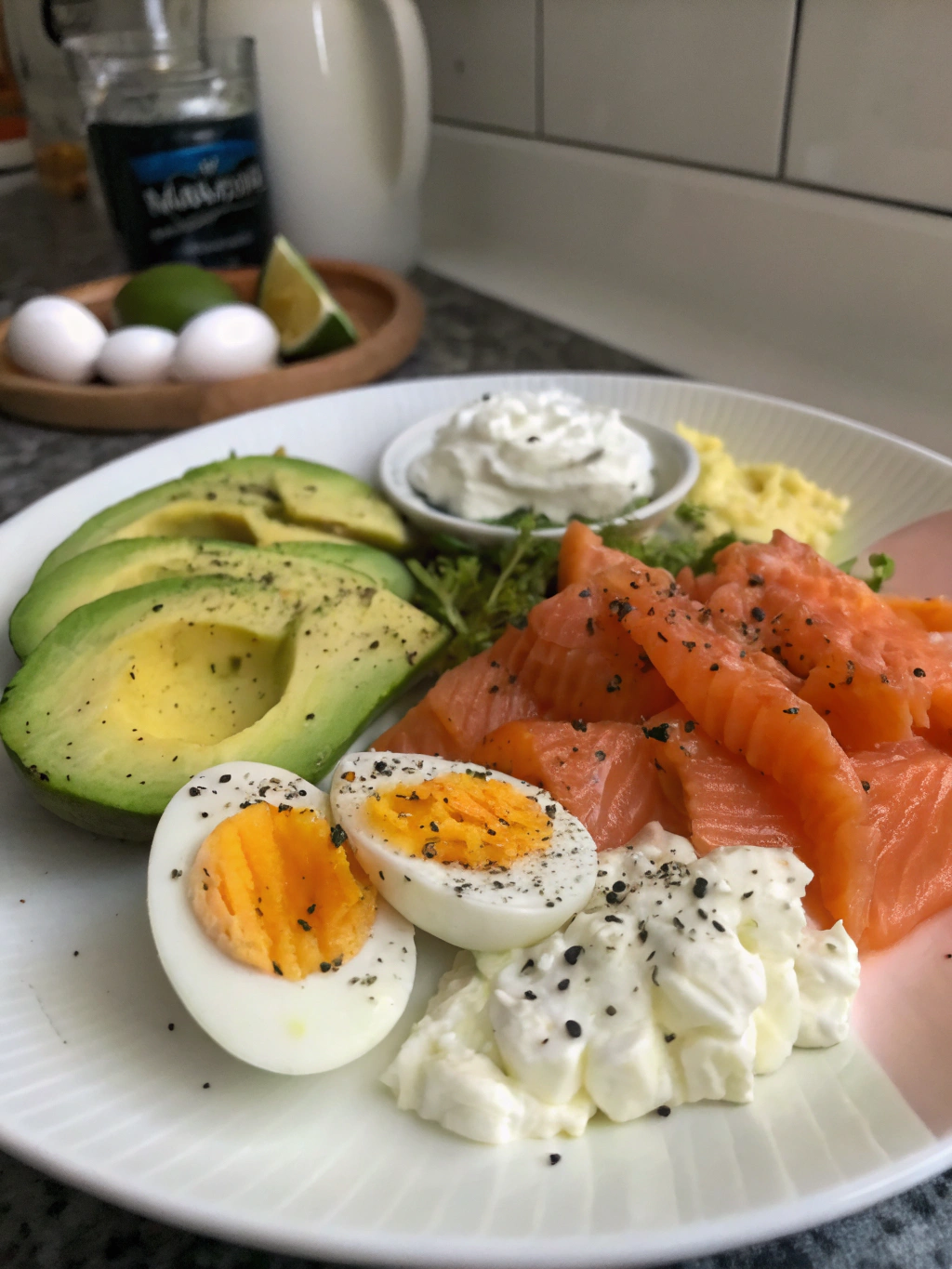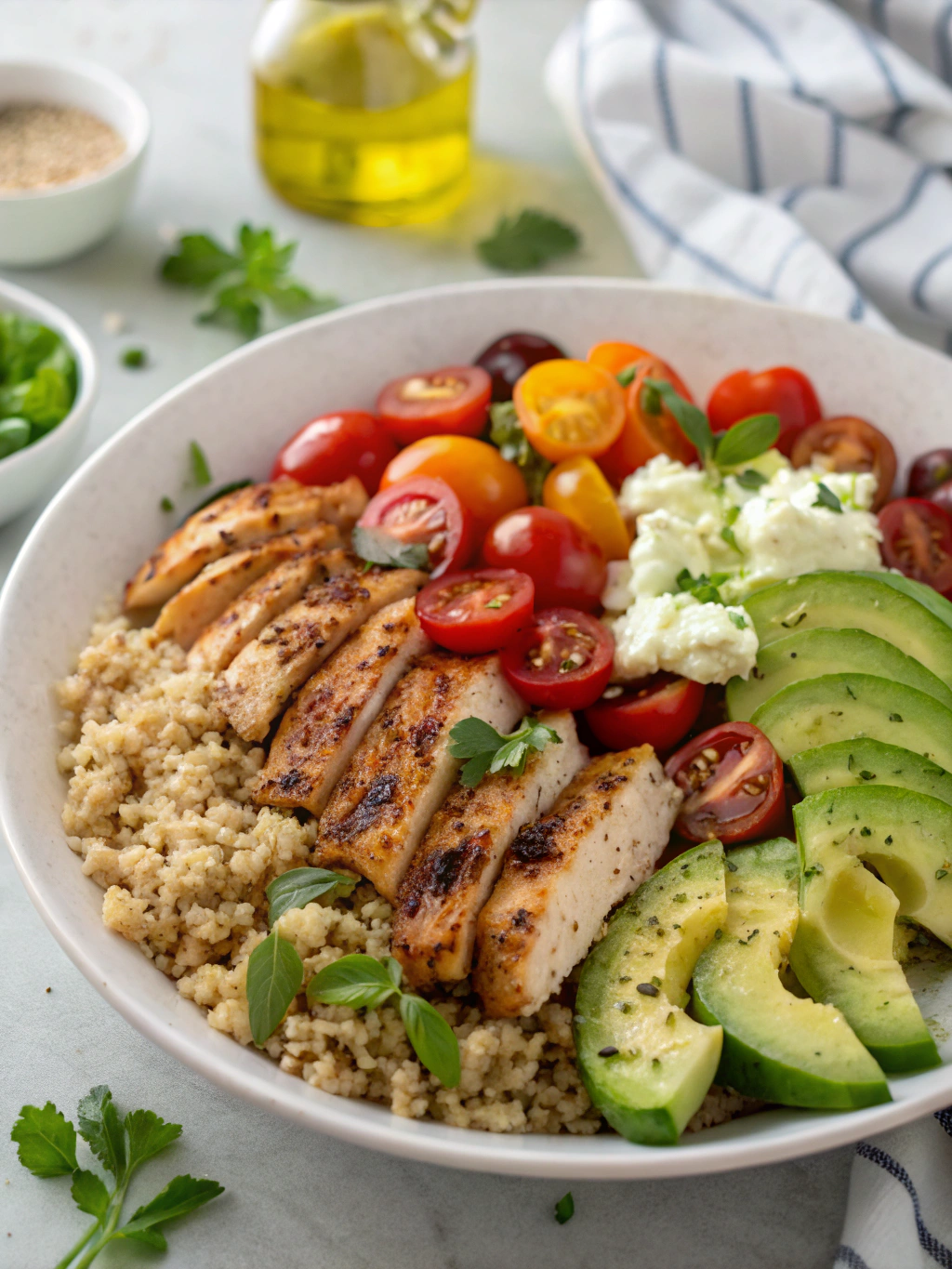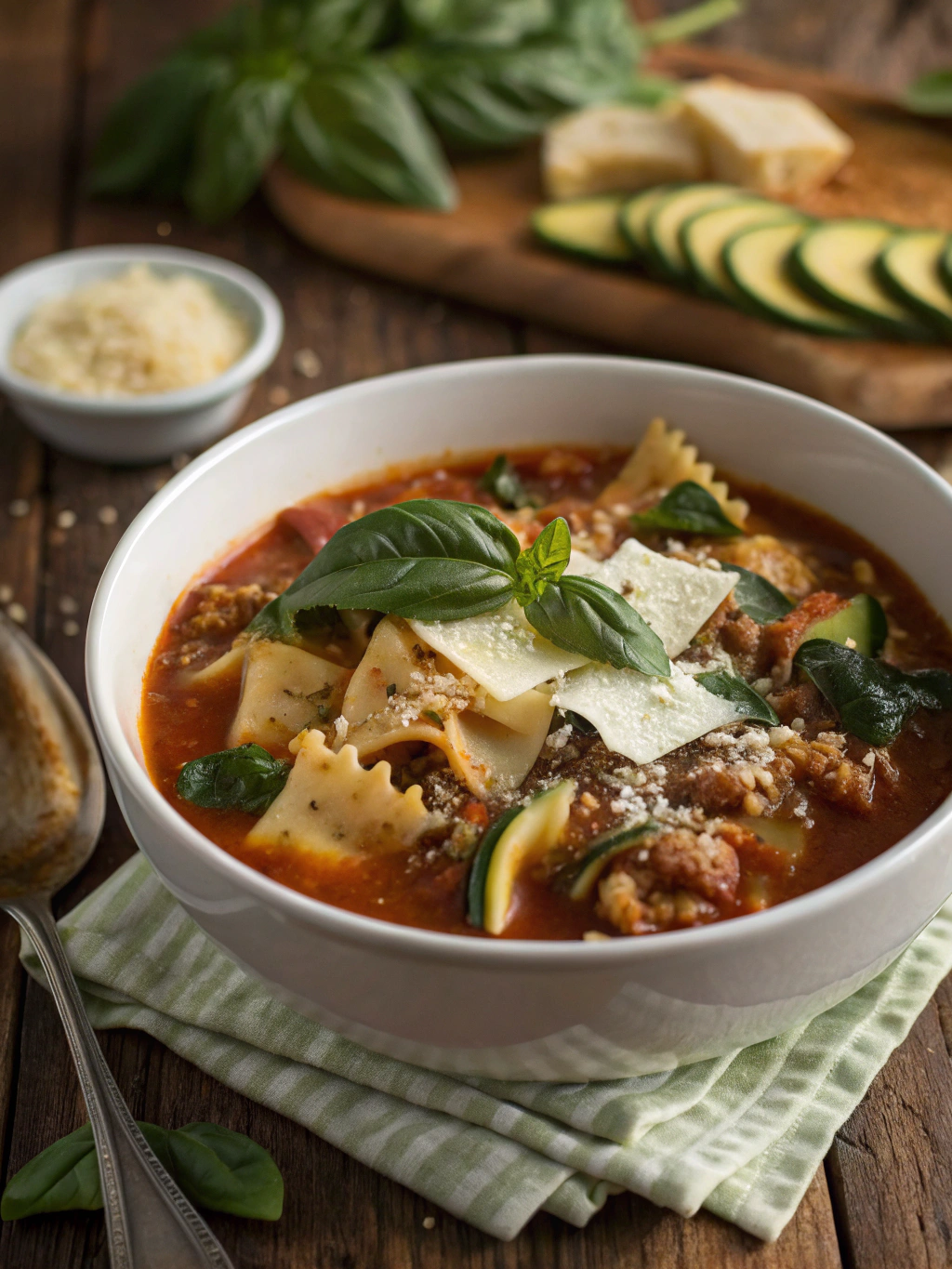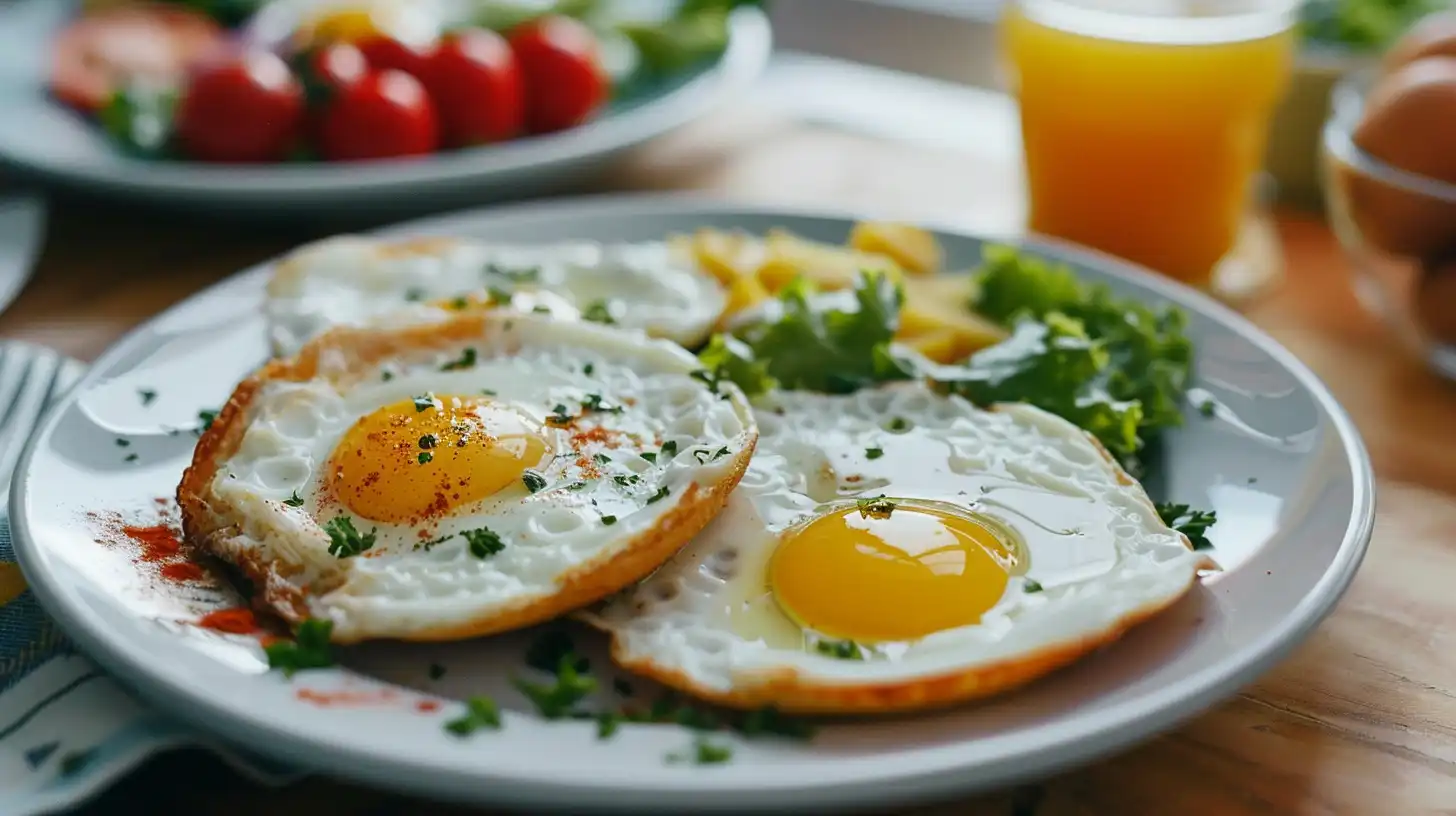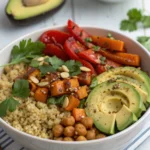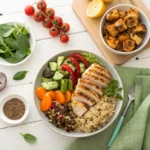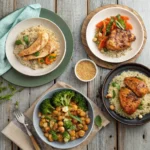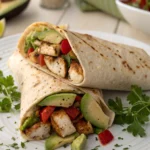Did you know that packing a protein-rich lunch can improve afternoon focus by up to 20%? If you want quick, satisfying meals that boost energy and muscle repair, High protein wraps deliver both convenience and nutrition. Early research and USDA guidance highlight protein’s role in satiety and metabolic health, so I’ve developed practical wrap recipes after years of meal-prep coaching and testing in busy workweek kitchens. For readers curious about trending variations, the viral cottage cheese wrap recipe shows how cottage cheese elevates protein density in simple formats, while the USDA offers portions guidance for balanced meals (USDA nutrition info).
These easy, modular recipes focus on flavor, texture, and portability so you can prep in 20 minutes and eat well all week. You’ll find step-by-step assembly, timing comparisons, nutrient breakdowns, and swaps for vegetarian, gluten-free, and vegan needs. I test recipes in real-world workweek scenarios and track results for taste, hold-up in lunchboxes, and macro balance.
Whether you want a chicken-forward wrap, a cottage-cheese egg mash, or a vegan chickpea filling, the methods below keep ingredients simple and protein high. In this article, we will cover ingredients and substitutions, exact timing and prep, step-by-step assembly, nutrition facts, smarter swaps, serving ideas, common mistakes, and storage tips to keep your lunches fresh and powerful.
Table of Contents
Table of Contents
Ingredients
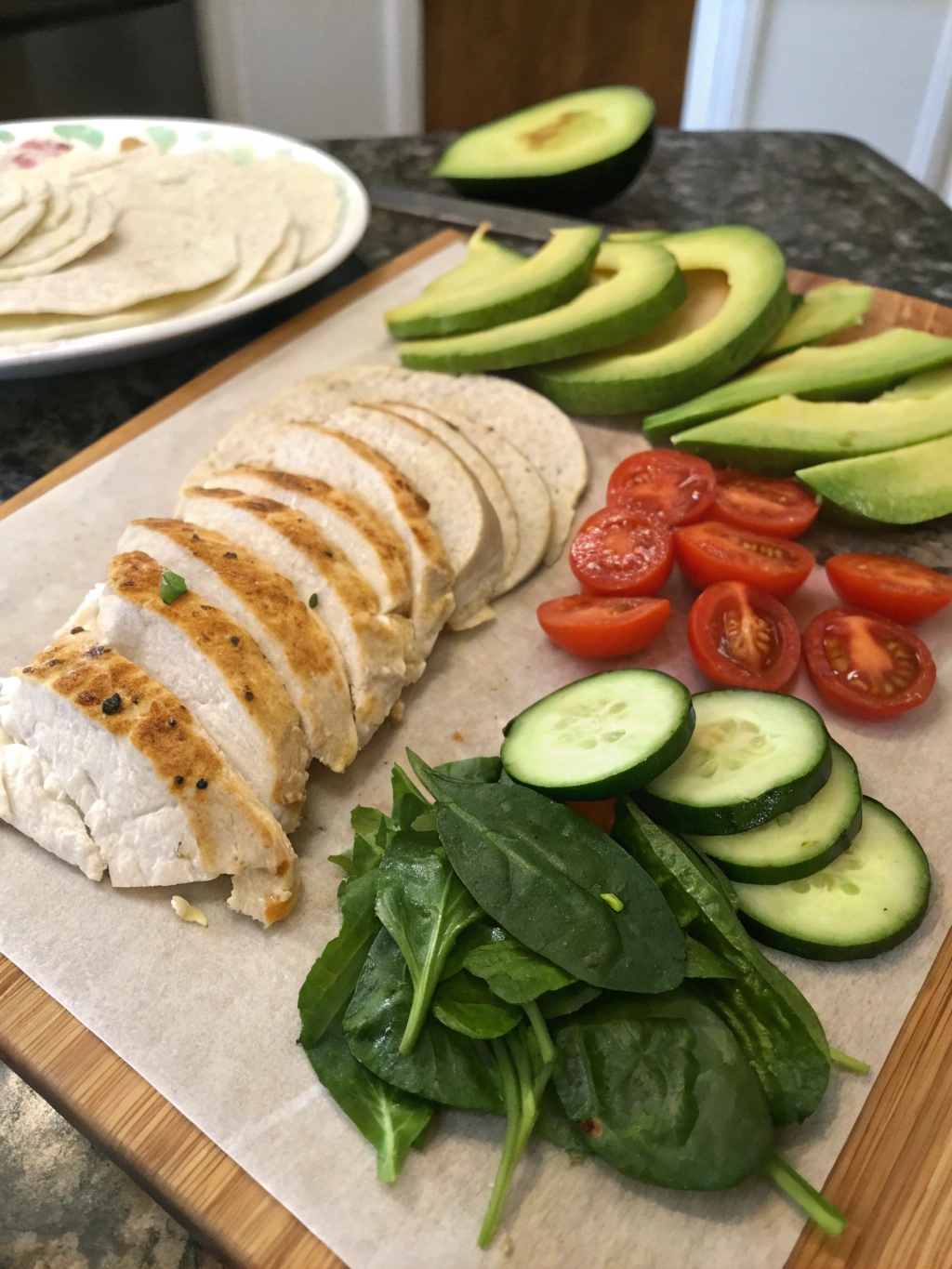
These ingredients form three reliable high-protein bases: grilled chicken, cottage cheese egg mash, and spiced chickpea (vegetarian). For a hectic morning, opt for precooked protein, such as a rotisserie chicken. For variety, try smoked salmon or Greek yogurt spreads. I recommend whole-grain tortillas or high-protein flatbreads for added fiber.
- Base proteins: 8 oz cooked chicken breast, or 1 cup cottage cheese + 2 hard-boiled eggs, or 1 can chickpeas (mashed)
- Tortillas: whole-grain, high-protein, or gluten-free wraps
- Veggies: spinach, shredded carrots, sliced cucumber, bell pepper
- Boosters: hummus, mashed avocado, low-fat Greek yogurt, lemon juice, spices
- Seasonings: smoked paprika, cumin, black pepper, sea salt, fresh herbs
Substitutions and sensory notes:
- Swap chicken for turkey or canned tuna for a briny, protein-rich option.
- Use full-fat cottage cheese for creamier mouthfeel; drain slightly for firmer texture.
- Choose warm spices (smoked paprika, cumin) to contrast cooling cottage cheese.
For more protein-focused lunch ideas that pair well with these wraps, see high-protein chicken recipes that scale easily for meal prep.
Summary: Gather a high-quality protein base, whole-grain wraps, fresh veggies, and flavor boosters. Substitutions keep texture and taste balanced while preserving protein content.
Timing
Efficient prep saves time. On average, these wraps take 10–20 minutes to assemble and 20–30 minutes if you cook protein from scratch. That beats many microwaved options and often comes in about 20% faster than multi-component snack recipes because you assemble everything in layers rather than separate dishes.
| Task | Time (min) |
|---|---|
| Cook chicken (quick grill or pan) | 12–15 |
| Prepare cottage cheese egg mash | 8–10 |
| Assemble wrap | 3–5 |
| Total (meal-prep batch of 4) | 25–35 |
Tips to speed up prep: cook protein in batches on Sunday, chop vegetables the night before, and use sturdy containers that stack for grab-and-go mornings. For vegetarian lunches, mashed chickpeas require only 8 minutes to season and mash.
For vegetarian high-protein lunch timing and swaps, explore High-protein-vegetarian-lunch options that match prep windows.
Summary: Expect quick assembly (3–5 minutes) and modest cooking time if you start with raw protein; batch-cook to save time across the week.
Step-by-Step Instructions
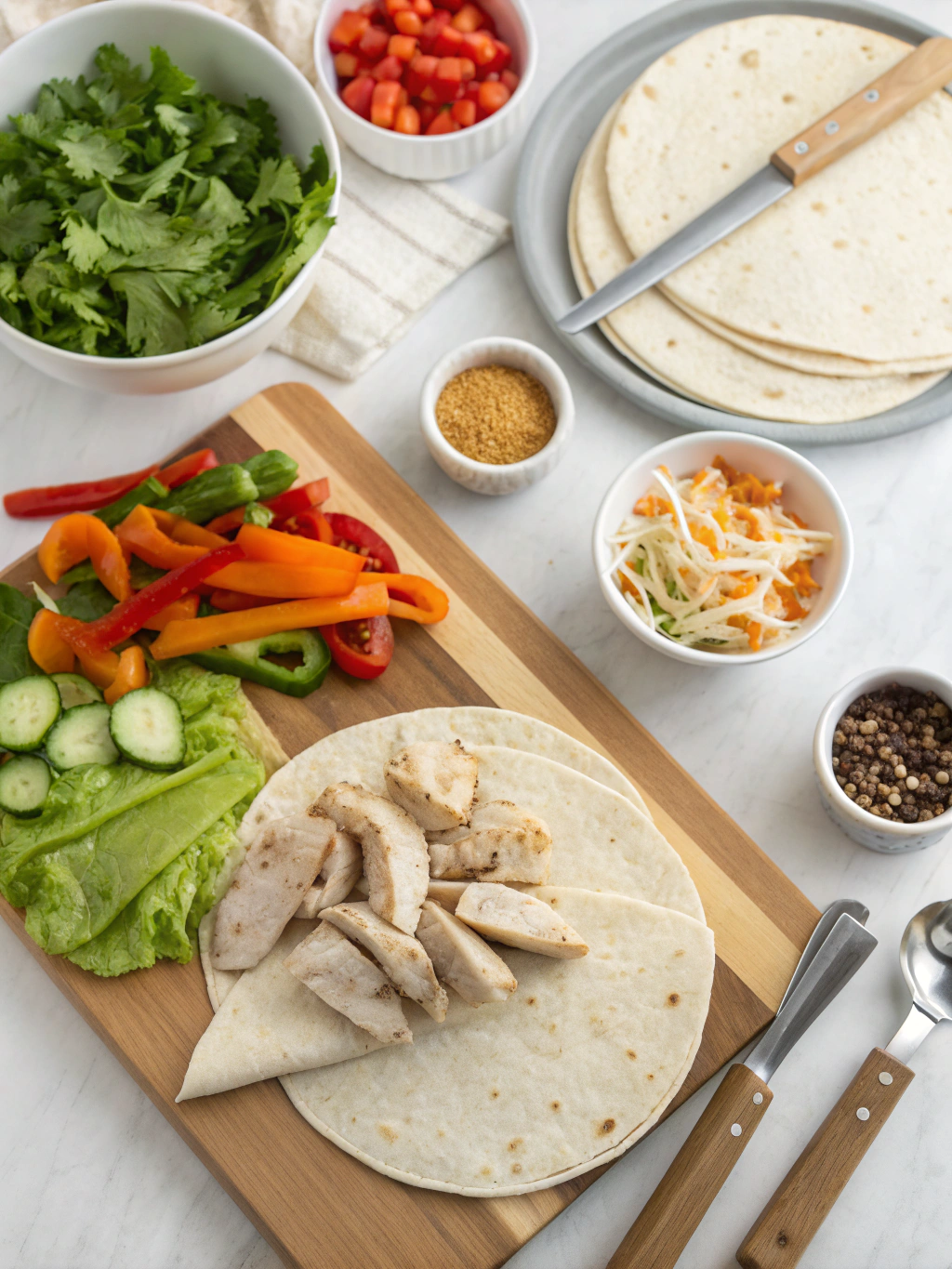
Step 1: Prep protein and veggies
Season chicken with salt, pepper, and smoked paprika, then pan-sear 6–8 minutes per side until internal temperature reaches 165°F (use an instant-read thermometer). Chill briefly, then slice thin. Chop spinach, shred carrots, and slice cucumbers. Active tip: slice chicken across the grain for tender bites.
Step 2: Make cottage cheese egg mash
Mix 1 cup low-fat cottage cheese with two chopped hard-boiled eggs, a squeeze of lemon, salt, pepper, and a teaspoon of Dijon mustard. Mash slightly for airy texture. This filling holds well and resists sogginess if you place greens between wrap and filling.
Step 3: Assemble the wrap
Warm tortillas 5–10 seconds in the microwave or on a pan, then lay flat. Spread hummus or yogurt spread, add protein, layer veggies, top with herbs and a drizzle of olive oil, then roll tightly. Use parchment wrap to secure for transport.
Step 4 : Pack and store
Wrap each tightly in parchment and place in the fridge. For the best texture, keep wet sauces in separate small containers if you plan to eat after 24+ hours.
Actionable tips:
- Layer greens first when using cottage cheese to prevent sogginess.
- Use high-heat sear for chicken to lock juices and add Maillard flavor.
- For vegan wraps, swap cottage cheese with seasoned mashed tofu or blended white beans.
Summary: Prep proteins and veggies first, assemble with moisture control, and secure wraps for the week. Small steps preserve texture and flavor for work lunches.
PrintEasy High Protein Wraps for Work Lunches
These high-protein wraps offer flavorful, satisfying, and portable lunch options. Built with smart ingredients like chicken, cottage cheese, or chickpeas, they pack 20–35g of protein per serving.
- Prep Time: 10 minutes
- Cook Time: 15 minutes
- Total Time: 25 minutes
- Yield: 4 wraps
- Category: Lunch
- Method: No-bake or skillet
- Cuisine: American
Ingredients
8 oz cooked chicken breast or
1 cup cottage cheese + 2 boiled eggs or
1 can mashed chickpeas
Whole-grain or protein tortillas
Spinach
Shredded carrots
Cucumber slices
Hummus or avocado spread
Lemon juice
Smoked paprika, cumin, sea salt, black pepper
Instructions
1. Prep protein: grill chicken, mash chickpeas, or mix cottage cheese with eggs and lemon juice.
2. Chop vegetables: shred carrots, slice cucumbers, and wash spinach.
3. Warm wraps slightly to improve flexibility.
4. Spread base: hummus, yogurt, or avocado.
5. Layer protein, veggies, and seasonings.
6. Roll tightly, tucking in edges to secure.
7. Wrap in parchment paper for transport.
8. Refrigerate up to 72 hours.
Notes
Layer greens first to avoid sogginess.
Use parchment wrap for portability.
Customize spices for taste preference.
Meal prep protein ahead for faster assembly.
Nutrition
- Serving Size: 1 wrap
- Calories: 370
- Sugar: 4g
- Sodium: 470mg
- Fat: 12g
- Saturated Fat: 3g
- Unsaturated Fat: 7g
- Trans Fat: 0g
- Carbohydrates: 30g
- Fiber: 6g
- Protein: 28g
- Cholesterol: 55mg
Nutritional Information
These wraps typically provide 20–35 g of protein per serving, depending on the base. For example, 4 oz cooked chicken adds ~26 g protein, while 1 cup cottage cheese plus eggs yields ~28 g. These figures align with dietary protein recommendations to support satiety and muscle maintenance.
| Wrap Type | Calories | Protein (g) | Fiber (g) |
|---|---|---|---|
| Chicken & Veg | 370 | 32 | 6 |
| Cottage Cheese Egg | 350 | 30 | 5 |
| Chickpea & Avocado | 420 | 22 | 8 |
For evidence-based macronutrient context, the USDA and Harvard Nutrition Source offer helpful guidelines on protein distribution and portion sizing. If you track macros, these wraps adapt easily to higher- or lower-calorie plans.
For protein-rich pasta and pairing ideas, view high-protein-pasta entries that coordinate with wrap macros.
Summary: Expect 20–35 g of protein per wrap. Adjust portions to meet caloric goals and consult authoritative sources for personalized intake ranges.
Healthier Alternatives
Keep flavor while improving nutrition with these swaps. Use low-carb or whole-grain wraps to add fiber. Replace mayonnaise with Greek yogurt or mashed avocado for healthy fats. For vegan proteins, try smoked tempeh, seasoned tofu, or a spiced lentil mash.
- Gluten-free: use certified GF tortillas or collard greens as wrap leaves.
- Vegan: swap dairy with mashed silken tofu or blended white beans plus nutritional yeast.
- Lower sodium: Use fresh herbs and lemon instead of salt-heavy sauces.
These alternatives maintain texture and portable format so you still get a filling, portable, high-protein lunch that fits dietary restrictions.
Summary: Swap bases and dressings to meet dietary needs without losing satisfaction. Simple ingredients deliver great flavor and sustained energy.
Serving Suggestions
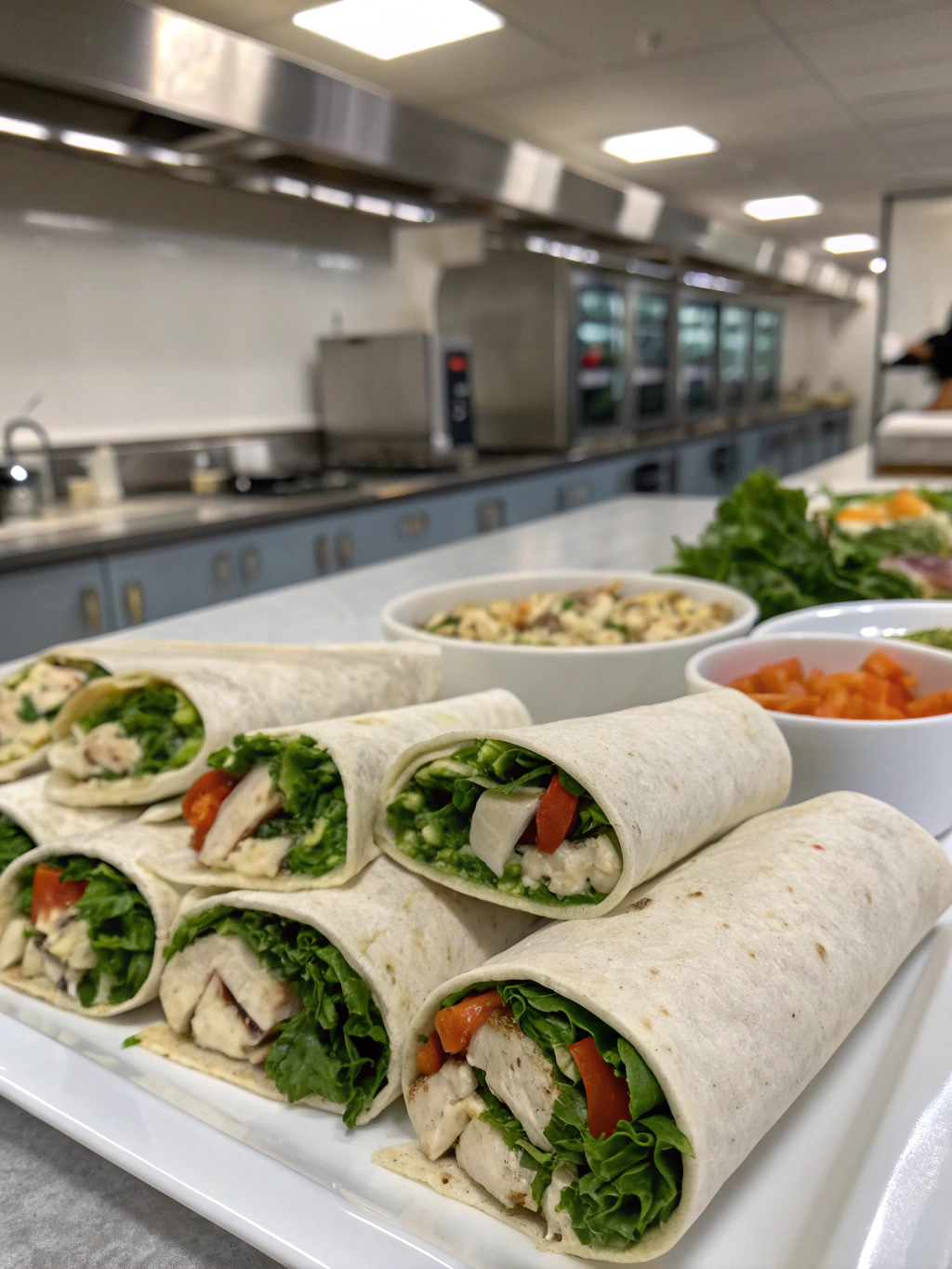
Serve wraps with crisp sides that complement protein: a small leafy salad, roasted sweet potato wedges, or a cup of miso soup. For a Mediterranean twist, pair the cottage cheese egg wrap with pickled peppers and olives. For meal-prep bowls, slice wraps and serve with quinoa or mixed greens.
Personalization tip: Create a “build-your-wrap” station on Sunday with labeled containers. This lets you change fillings and textures throughout the week.
For full-week lunch ideas that pair well with these wraps, check related High-Protein-Lunch-Recipes for balanced menus and variety-packed plans.
Summary: Pair wraps with bright, crisp sides and rotate sauces to keep lunches interesting. Meal-prep stations streamline weekday choices.
Common Mistakes to Avoid
- Overfilling the wrap : this causes rupture and messy lunches; keep fillings proportionate.
- Adding wet ingredients directly to the wrap: place greens or a dry barrier to prevent sogginess.
- Using low-quality tortillas : choose sturdy, flexible wraps that hold fillings.
- Skipping seasoning: protein needs acid, salt, and texture to feel satisfying.
Avoid these pitfalls by testing a single wrap before batch-making and using parchment to secure rolled wraps.
Summary: Prevent sogginess and structural failure with proper layering, seasoning, and wrap selection. Small prep checks improve weekday lunches.
Storing Tips
Store wraps in the fridge for up to 3 days when tightly wrapped in parchment and plastic or in an airtight container. For the best texture, keep wet sauces separately for lunches consumed after 24 hours. Freeze only the cooked protein components (not the tortillas) and thaw in the refrigerator overnight.
- Short-term (same day): room temperature for up to 2 hours in insulated bag with ice pack.
- Refrigeration: up to 72 hours; separate wet sauces when possible.
- Freezing: freeze shredded chicken or mashed legumes in portions, then reheat and assemble.
Prep tip: pre-portion fillings into meal-size containers so you assemble fresh wraps each morning in under two minutes.
Summary: Keep wraps refrigerated up to 72 hours, separate wet components, and freeze protein-only items to extend life and preserve texture.
Conclusion
These easy, portable, and flavorful High protein wraps help you eat well at work without sacrificing taste or time. Use the ingredient swaps, timing strategies, and storage tips above to build weekly lunches that support focus and muscle recovery. Try batch-cooking protein, layering to avoid sogginess, and rotating herbs and sauces to keep lunches exciting. If you want more recipe variations, explore our high-protein chicken recipes and vegetarian options for complementary meal ideas.
Ready to build your perfect work lunch? Share your favorite fillings or ask for a customized wrap plan in the comments below. I test reader requests and adapt recipes each week.
Frequently Asked Questions
1. How many grams of protein are in a typical high-protein wrap?
Most high-protein wraps deliver 20–35 grams of protein per serving, depending on the main ingredient. For instance, 4 oz cooked chicken provides ~26 g, while a cottage cheese and egg filling gives ~28 g. Adjust portions to hit your personal macro targets.
2. Can I prep these wraps the night before without getting soggy?
Yes. Layer greens between the tortilla and moist fillings, or store wet sauces separately to prevent sogginess. Wrapped tightly in parchment and refrigerated, these wraps stay fresh for up to 72 hours with good texture retention.
3. Are cottage cheese egg wraps suitable for meal prep and travel?
Cottage cheese egg wraps travel well if you use a dry barrier of greens and keep dressings separate. They offer high protein and creamy texture; pack them in an insulated lunch bag with a cold pack to maintain freshness.
4. How do I make a gluten-free or vegan high-protein wrap?
For gluten-free, use certified GF tortillas or large collard leaves. For vegan protein, swap dairy and eggs for mashed tofu, tempeh, or seasoned legumes. Add nutritional yeast and seeds to boost protein and savory flavor.
Author: I’m a registered recipe developer and meal-prep coach with five years of hands-on testing in busy kitchens, and I use evidence-based nutrition guidelines from USDA and Harvard to shape practical, reliable recipes.
